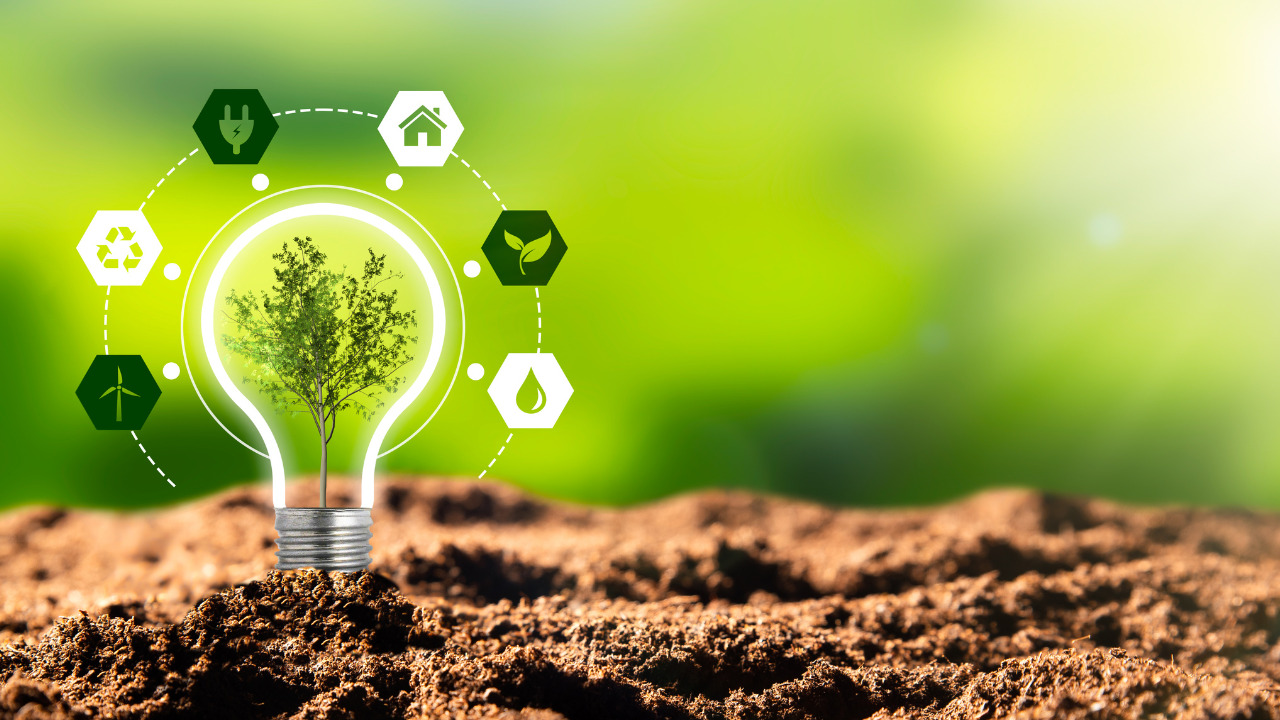In recent times, the significance of sustainable practices in home construction and design has skyrocketed. A global awakening towards environmental responsibility has fuelled a shift towards eco-friendly construction methods.
This shift not only reflects in the materials used but also in the design and operational strategies adopted in homes. The ensuing sections delve into various sustainable practices, encapsulating the essence of eco-friendliness in modern home construction and design.
Table of Contents
Eco-Friendly Materials
The cornerstone of sustainable home construction begins with the choice of materials. Eco-friendly materials such as reclaimed wood, bamboo, and recycled metal are gaining prominence. Reclaimed wood, often salvaged from old buildings or barns, epitomizes a cycle of reusability, thus reducing the demand for freshly cut timber.
Similarly, bamboo, owing to its rapid growth, emerges as a resilient and renewable alternative to hardwood. On the metal front, recycled metal curtails the extensive energy required to process raw ore, significantly reducing the carbon footprint.
The benefits of utilizing these materials are multifold. They dramatically reduce the environmental impact, offer unique aesthetic appeals, and often come with cost-saving advantages. Moreover, they contribute to healthier living spaces by minimizing harmful off-gassing prevalent in conventional materials.
Energy Efficiency
Transitioning towards energy efficiency is a hallmark of modern sustainable home construction. Among the pioneers in this realm are the top best home construction and design services in Toronto, orchestrating a blend of innovative design and technology to minimize energy expenditure.
Central to energy efficiency are insulation, energy-efficient windows, and doors. Proper insulation acts as a barrier, curbing the escape of heated or cooled air, thus maintaining a congenial indoor temperature with lesser energy.
Energy-efficient windows and doors further this cause by reducing drafts and heat loss. The collective impact of these measures is profound, leading to a substantial reduction in energy bills and a monumental stride towards a sustainable future.
Water Conservation Techniques
Water is an invaluable resource, the conservation of which is imperative in contemporary home design. A plethora of water-saving fixtures and appliances are available that significantly curb water wastage.
Low-flow faucets, showerheads, and dual-flush toilets are prime examples, each engineered to provide the requisite functionality while minimizing water usage. Additionally, modern appliances like high-efficiency washing machines and dishwashers play a pivotal role in reducing water consumption.
Beyond fixtures and appliances, rainwater harvesting systems present a robust method for water conservation. By collecting and storing rainwater, homeowners can significantly reduce their reliance on municipal water supplies.
This harvested water finds usage in garden irrigation, flushing toilets, and, with proper treatment, can even be used for household chores. Rainwater harvesting not only contributes to water conservation but also reduces water bills, making it a win-win situation.
Renewable Energy Integration
Harnessing renewable energy is no longer a distant dream but a tangible reality in home construction. The integration of solar panels and wind turbines has revolutionized self-sustainability in residential settings. Solar panels convert sunlight into electricity, providing a clean, renewable energy source. Wind turbines, on the other hand, harness wind energy to generate electricity.
The benefits of renewable energy systems are manifold. They significantly reduce reliance on traditional energy sources, thereby decreasing greenhouse gas emissions.
Moreover, they can lead to substantial savings on electricity bills, and in some regions, homeowners can even sell excess energy back to the grid. The upfront investment in renewable energy systems often pays dividends in the long run, making it a prudent choice for modern homeowners.
Sustainable Landscaping
Sustainable landscaping encapsulates a blend of aesthetics and eco-friendliness. Through the use of drought-tolerant plants and efficient irrigation systems, homeowners can create lush, beautiful gardens without excessively taxing water resources.
Drought-tolerant plants require minimal water, thriving even in arid conditions. Efficient irrigation systems, like drip irrigation and soaker hoses, ensure water reaches plant roots with minimal wastage.
The implications of sustainable landscaping extend beyond mere water conservation. It enhances property value by adding a green, well-maintained outdoor space. Moreover, it fosters a habitat for local flora and fauna, contributing to biodiversity.
The blend of environmental responsibility and aesthetic appeal makes sustainable landscaping a quintessential component of modern home design.
Waste Management
The construction phase is often laden with potential waste, making waste management practices crucial for sustainability.
A prominent practice is the segregation of waste into recyclable, reusable, and disposable categories right at the construction site. This facilitates the efficient recycling and reusing of materials, substantially reducing the volume of waste destined for landfills.
The ethos of recycling and reusing extends to materials as well. For instance, concrete debris can be crushed and reused as aggregate, and scrap metal can be melted down for reuse. Reclaiming and reusing materials not only curtails waste but also reduces the demand for new materials, forming a cyclical, sustainable chain of material utilization.
Smart Home Technologies
The advent of smart home technologies has significantly bolstered sustainability in modern living spaces. At the forefront are smart thermostats, lights, and appliances.
Smart thermostats optimize heating and cooling systems to enhance energy efficiency, while smart lighting systems adjust brightness levels based on natural light availability, further conserving energy.
Smart appliances, too, contribute to a sustainable household by optimizing operations and reducing energy and water consumption. The integration of these technologies facilitates a seamless transition towards a more sustainable and energy-efficient living environment.
Conclusion
This discourse sheds light on the myriad sustainable practices in home construction and design, underscoring the indelible impact of eco-friendly materials, energy efficiency, water conservation, renewable energy, sustainable landscaping, waste management, and smart home technologies.
The adoption of these practices is not merely a stride towards eco-conscious living but a leap towards a sustainable, harmonious coexistence with nature. Your venture into sustainable home construction and design heralds a future where both aesthetic appeal and environmental responsibility thrive in unison.





